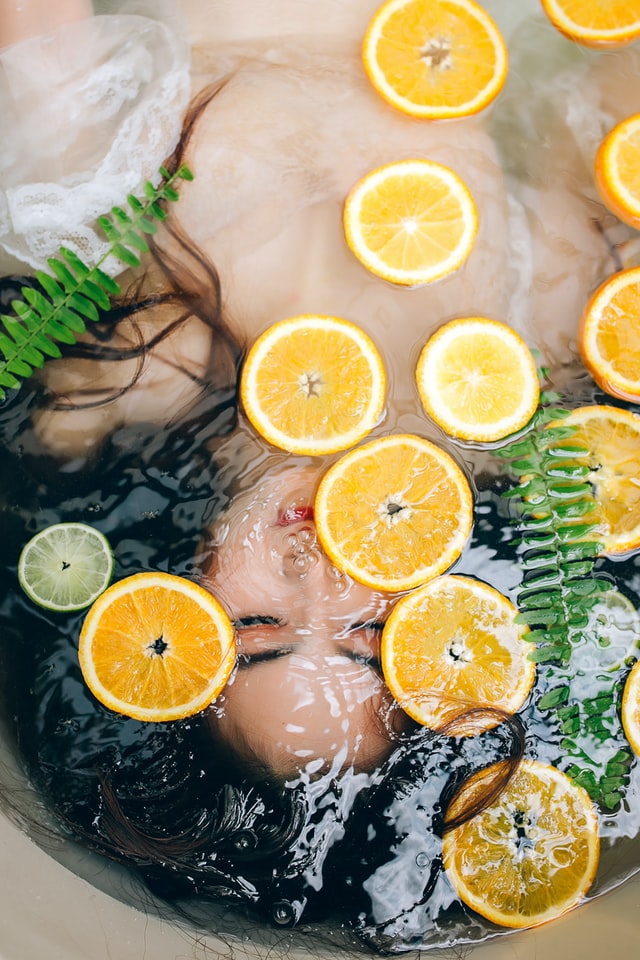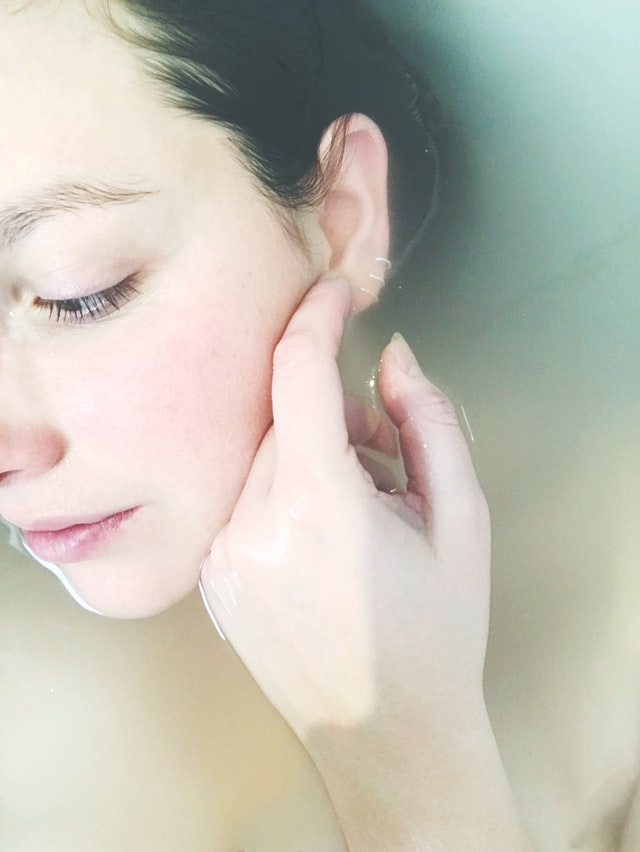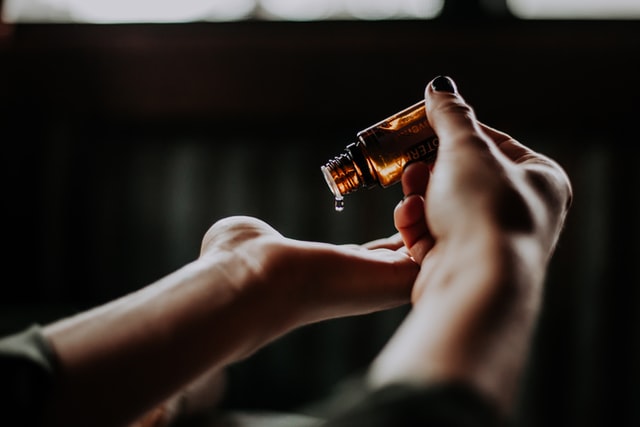We all know that honey is a delicious sweetener, but did you know that it has many benefits for your skin? Honey has anti-inflammatory and antibacterial properties, making it a great natural remedy for acne and other skin problems. It is also a great moisturizer and can be used to make homemade masks and cleansers. So if you’re looking for a natural way to improve your skin health, honey is a great option!
Honey for Skin Lightening and Brightening
The main reason for honey usage for people who want to lighten their skin color is to whiten their complexion. Honey is commonly used by women due to its ability to rejuvenate aging skin. The positive impacts of sugar on the human body have been known since ancient times and honey’s antioxidant properties are also beneficial to the cells that line our bodies. Honey is an ideal product because it does not cause allergic reactions and is generally considered safe.
Does Honey Remove Dark Spots?
Honey is excellent in removing dark spots, but it won’t completely get rid of them. Although honey can be useful in treating certain types of scars, it isn’t a miracle cure for discoloration or scarring. Dark marks may fade over time, regardless of what methods you use—honey or any other method—to remove them. Sometimes the only way to get rid of the visible effects of dark marks is to treat them with other methods.
Benefits of Honey on Skin
In addition to its whitening effect, honey has many other skin health benefits. It helps prevent acne through the production of lactic acid and citric acid, which have antiseptic qualities. In addition, when applied topically, honey provides relief from minor skin irritations, such as sunburned areas and minor cuts. Its antibacterial and anti-fungal properties help eliminate bacteria and fungus growth on the skin. It increases cell regeneration, stimulates blood flow, promotes healing of wounds, and prevents infections.
Side Effects of Honey on Face
Though honey is often touted as a natural remedy for a variety of medical conditions, it can also have some side effects when applied to the skin. Honey may cause an allergic reaction in some people, resulting in hives, swelling, and difficulty breathing. In rare cases, anaphylactic shock may occur. When applied to open wounds, honey can also act as a breeding ground for bacteria. If not properly cleaned, this can lead to infection.
How Do I Know Which Type of Honey Suits My Needs Best: Raw, Manuka, or Organic?
It doesn’t really matter where you buy your honey unless you’re looking at raw versus processed. Raw honey comes from bees feeding on flowers and plants without being chemically treated. Manuka honey has a higher concentration of antioxidants than both raw and conventional honey. So if you’re thinking of buying pure honey, then go ahead and choose either raw, manuka, or both!
How Long Do You Leave Honey on Your Face?
Honey has long been lauded for its beauty benefits, and using honey on your face is a great way to give your skin a boost. But how long should you leave honey on your face? Depending on what you’re using it for, you may only need to leave it on for a few minutes, or you may want to let it sit for longer. Here’s a look at how long to leave honey on your face, depending on what you’re using it for:
If you’re using honey as a cleanser, you only need to leave it on for a minute or two before rinsing it off. If you’re using it as a mask, you can leave it on for up to 20 minutes. And if you’re using it as a scrub, you’ll want to leave it on for just a minute or two before rinsing it off.
No matter how long you leave honey on your face, be sure to rinse it off with warm water and follow up with a moisturizer to keep your skin. If you have sensitive skin, test the honey on a small area of your skin before applying it to your face. And if you experience any irritation, discontinue use immediately.
Also, look for natural ingredients whenever possible. For example, try mixing ground almonds, coconut oil, coconut milk, and honey together. This mixture contains nourishing fats, vitamins, minerals, and protein. It’s effective for nourishing skin tissue while protecting against UV rays. Another great alternative would be mixing coconut flour, honey, and almond butter into a thick paste that can be massaged onto facial skin.
What About Honey Masks?
Honey masks often include beeswax, clay, and essential oils, and they are intended to be left on the skin overnight. These masks are usually meant to address specific issues such as oily skin, dry skin, and dull hair. Some people even apply honey masks after exfoliation to promote smooth, soft, and glowing skin. While these honey masks do provide some benefits, they don’t work well for all skin types. If you have sensitive or mature skin, you might consider using a thicker honey paste instead of a thinner one.
Popular Honey Facial Products
When it comes to facial skin care, honey is a popular and well-known natural ingredient. It has been used for centuries as a beauty treatment, and there are now many commercial honey facial products on the market. Here’s a look at some of the popular products that uses honey for facial skin care.






![I'm from] Honey Mask 4.23oz | wash off type, real honey 38.7%, Mature skin, Deep moisturization, Nourishment,and Clear Complexion.](https://m.media-amazon.com/images/I/4114n6Mv6UL._SL160_.jpg)




